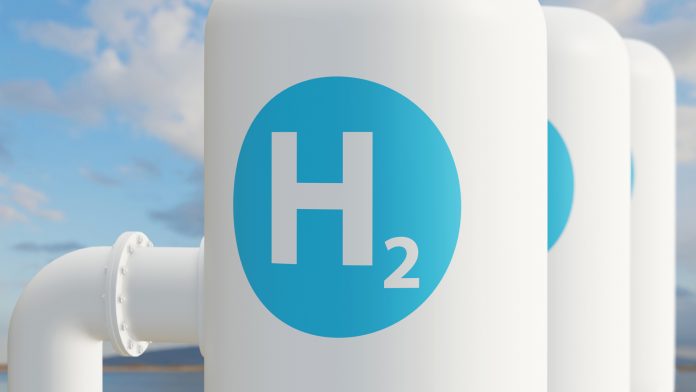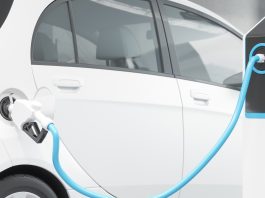A group of microbiologists from the Geothe University Frankfurt utilise acetogenic bacteria to develop bioreactor technology for hydrogen storage.
Efforts to combat climate change are advancing the search for carbon-neutral energy sources. Green hydrogen is one of the solutions on which hopes are pinned. Green hydrogen is produced through the electrolysis of splitting water into hydrogen and oxygen with the help of renewable energies such as wind or solar power. However, transporting and storing the highly explosive gas is difficult, and researchers worldwide are looking for chemical and biological solutions to combat this issue. One way to achieve this is to develop bioreactor technology.
Producing formic acid for hydrogen storage
A team of microbiologists from Goethe University Frankfurt have found an enzyme in bacteria that lives in the absence of air and bind hydrogen directly to CO2, producing formic acid. The process is completely reversible – a requirement for hydrogen storage.
These acetogenic bacteria, which can be found in the deep sea, feed on carbon dioxide, which they metabolise to formic acid with the aid of hydrogen. However, this formic acid is usually just an intermediate product of their metabolism and further digested into acetic acid and ethanol.
Although, the team led by Professor Volker Müller, head of the Department of Molecular Microbiology and Bioenergetics, has adapted the bacteria in such a way that it is possible not only to stop this process at the formic acid stage but also to reverse it. The basic principle has already been patented since 2013.
“The measured rates of CO2 reduction to formic acid and back are the highest ever measured and many times greater than with other biological or chemical catalysts; in addition, and unlike chemical catalysts, the bacteria do not require rare metals or extreme conditions for the reaction, such as high temperatures and high pressures, but instead do the job at 30 °C and normal pressure,” explained Müller.
The group now has a new success to report: the development of a bio-battery for hydrogen storage with the help of the same bacteria.
Developing bioreactor technology
For municipal or domestic hydrogen storage, a system is required where the bacteria first store hydrogen and then release it again in one and the same bioreactor as stably as possible over a long period of time. Fabian Schwarz, who wrote his doctoral thesis on this topic at Professor Müller’s laboratory, has succeeded in developing such a bioreactor.
He fed hydrogen to the bacteria for eight hours and then put them on a hydrogen diet during a 16-hour phase overnight. The bacteria then released all the hydrogen again. It was possible to eliminate the unwanted formation of acetic acid with the help of genetic engineering processes. “The system ran extremely stably for at least two weeks,” explained Fabian Schwarz.
Volker Müller had already studied the properties of these special bacteria in his doctoral thesis – and spent years conducting fundamental research on them. “I was interested in how these first organisms organised their life processes and how they managed to grow in the absence of air with simple gases such as hydrogen and carbon dioxide,” he explained.
As a result of climate change, his research has acquired a new, application-oriented dimension. “Surprisingly for many engineers, biology can produce by all means practicable solutions,” Müller concluded.





